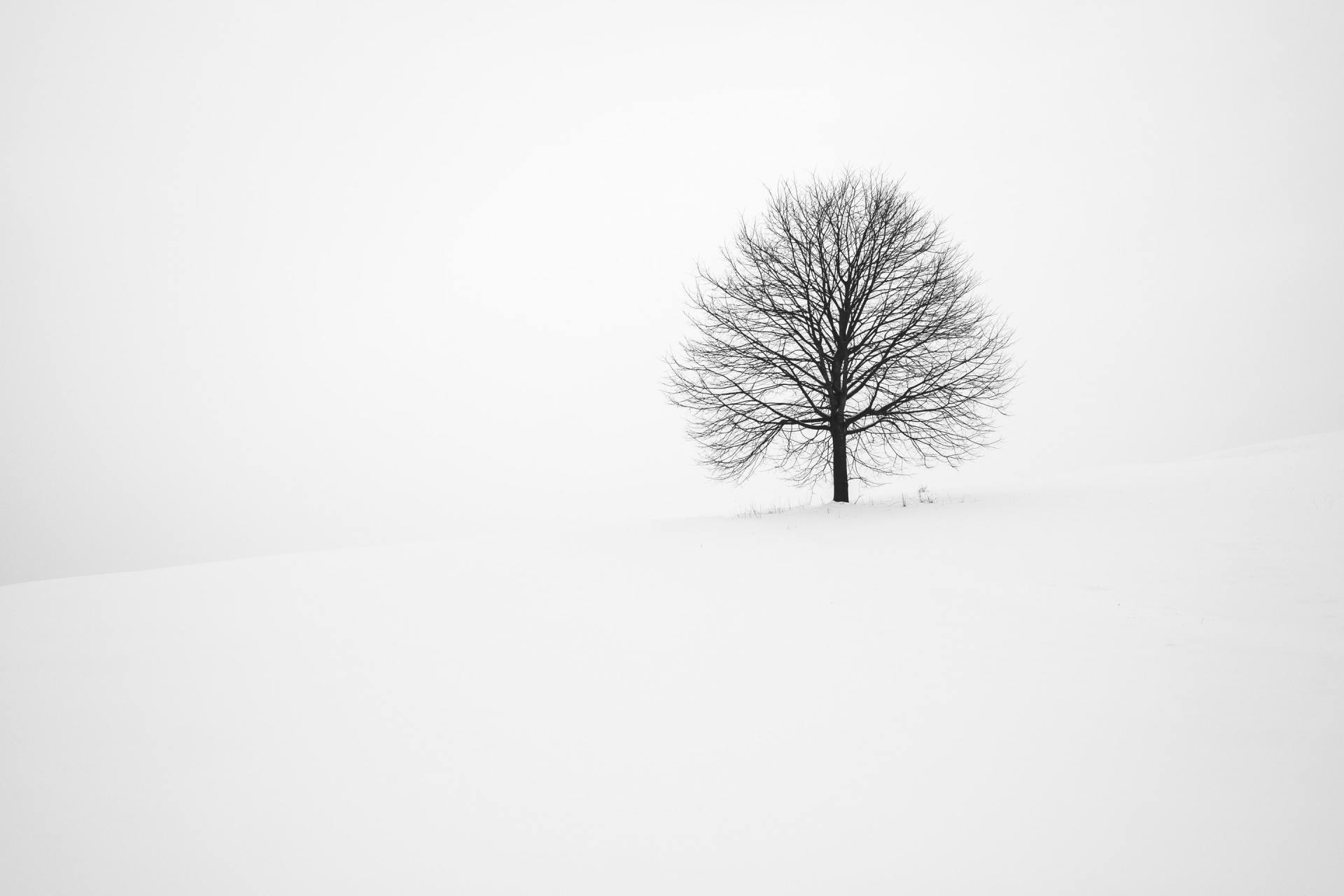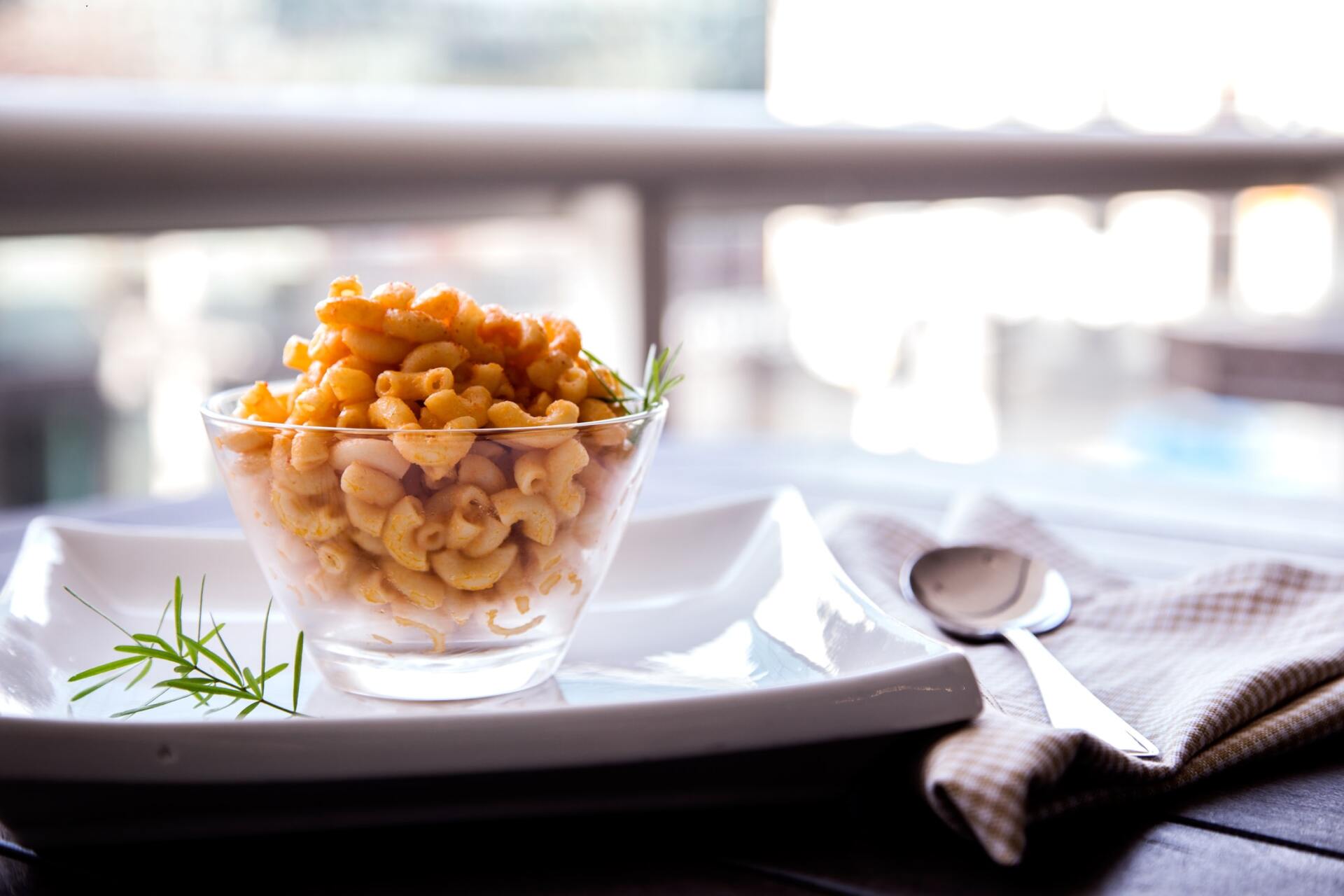First Year Home Ownership: Taking Care of Your Lawn (Part 2)
Understanding how to choose the right plants for your zone
You’re standing in front of you recently purchased castle imagining what your blue front door would look like framed by white flowering Dogwoods in spring and if you want creeping thyme of flowering ground cover between the flagstones of your front walk. If you aren’t great at things like that, have no botanical aspirations and your budget allows, you may want to hire a professional landscaper. But if you love digging in the dirt and saying “I did it” you may not have to look any further than your local gardening center. One advantage of buying local is that the plants are acclimated to your temperate zone.
All together there are 26 plant hardiness zones, which are the Annual Extreme Minimum Temperatures. These zones are numbered and temps range from minus 60 (-51 C) degrees to 70 Fahrenheit (21.1 C) Most of Ohio falls into 6a, if you’re in another state, you’ll want to know your zone number.
Be mindful when purchasing plants from catalogs
When buying from catalogs you want to pay special attention to the zone where your plant choices thrive and match them to your zone. For example, you probably don’t want to plant a Date Palm tree in Cleveland, Ohio. The cycle of warmth required for that tree to thrive and fruit does not exist there. If you insist on a palm, your local gardening center might suggest overwintering it in a pot from fall to late spring in a dry-heated green house. But to save yourself lugging heavy pots back and forth twice a year, consider purchasing those trees, shrubs and flowers native to the area.
Your well-equipped gardening center can also inform you about growth rates of trees and shrubs and what happens with their roots. Willows require planting 50 feet from known water sources like water and sewage lines. Their roots can also interfere with gas and electrical lines. Take into account what might be falling from your tree: fruit, needles, excessive leaves, burs and sap are some considerations.
A relative of mine loved traveling to the deep south and picking up Azalea bushes there. She claimed that the colors of flowers could not be obtained in Ohio. They usually lasted through the flowering phase and into fall. But when the hard frosts and freezing temperature embraced our fickle-weather state, the Azaleas died, unable to survive our sometimes brutally cold winters.
Additionally, pay attention to your flower types.
If you intend to buy and plant once and enjoy forever, you’ll want to know the difference between annuals, biennials and perennials. You can take advantage of sales at your local hardware store or grocery, and you may luck out and find someone who really does know plants. But more often than not you will be talking to an hourly employee hired to water plants so keep this in mind if you are asking for advice. Numerous resources exist for the newbie gardener. Poke around on Pinterest, Google and online magazine like Mother Earth News
You’ll want to pay particular attention to where the sun falls in your yard. Some shade-loving plants wither and die in full sun while full-sun loving plants yellow in too much shade. By keeping these pointers in mind, you’ll soon be up to your elbows in dirt with healthy foliage popping up everywhere.
Many resources exist for lawn and garden care: Pinterest, Google, and online gardening magazines. Who knows, maybe your neighbors will be knocking on your door asking for planting advice!~












